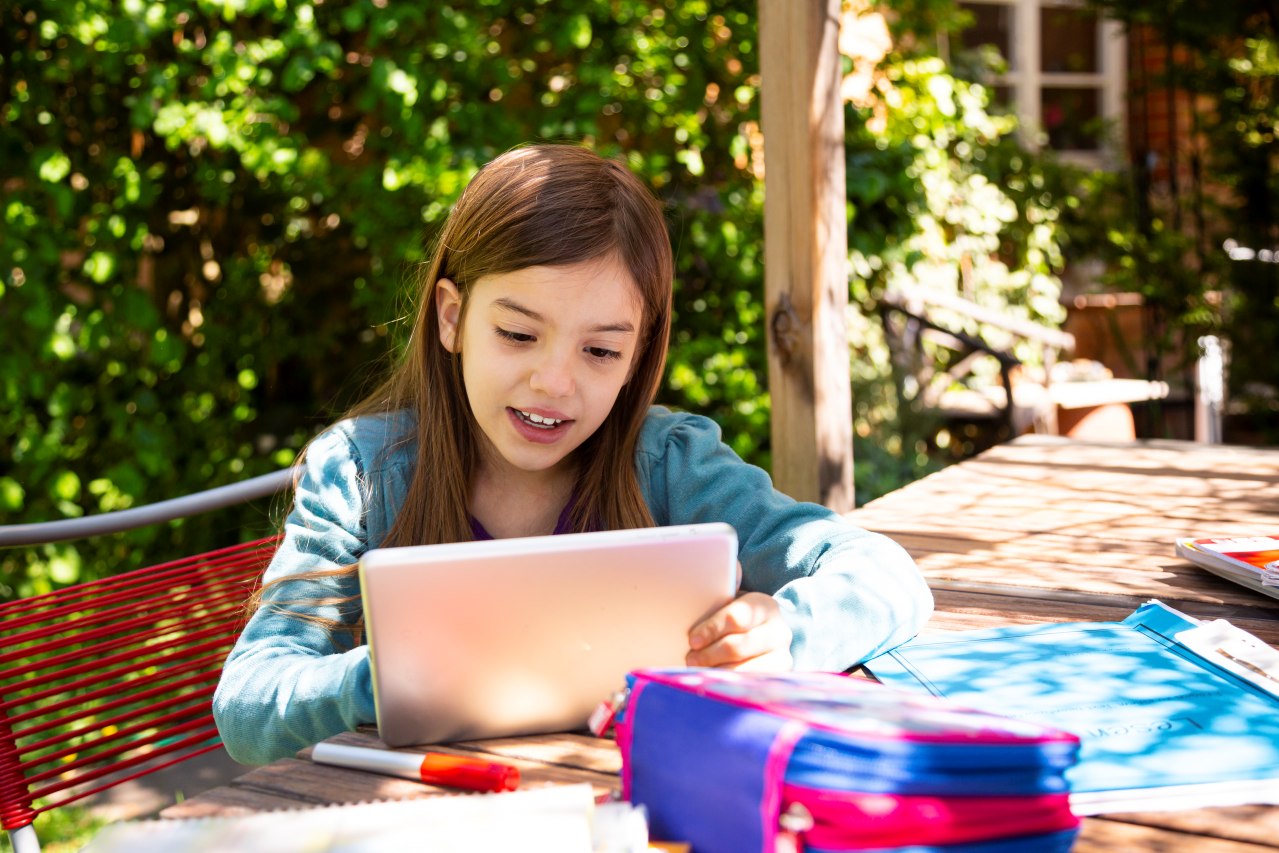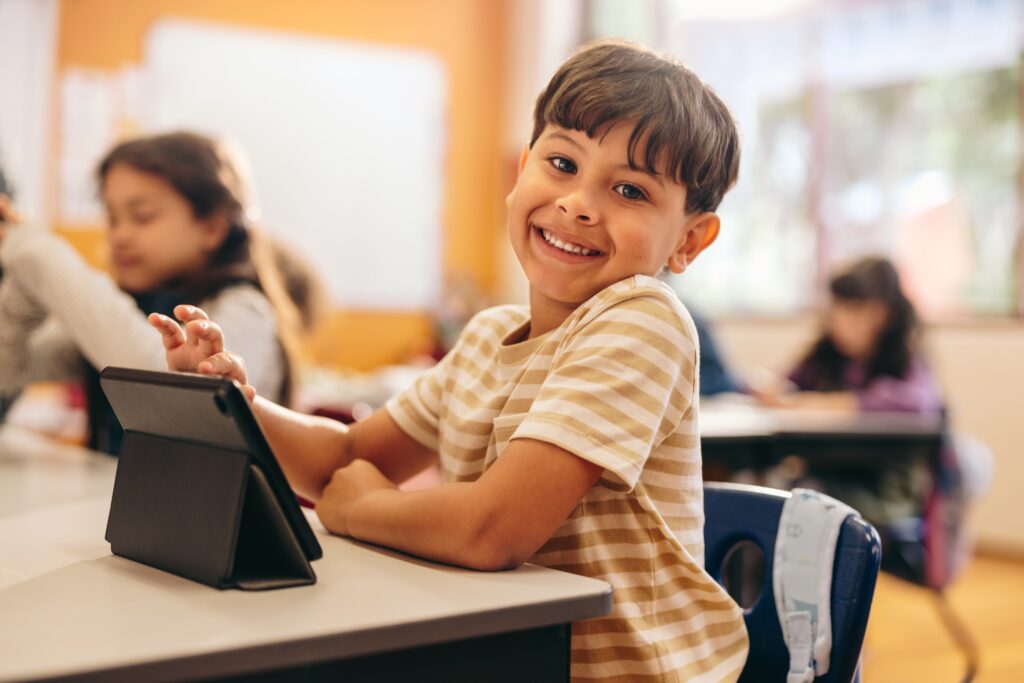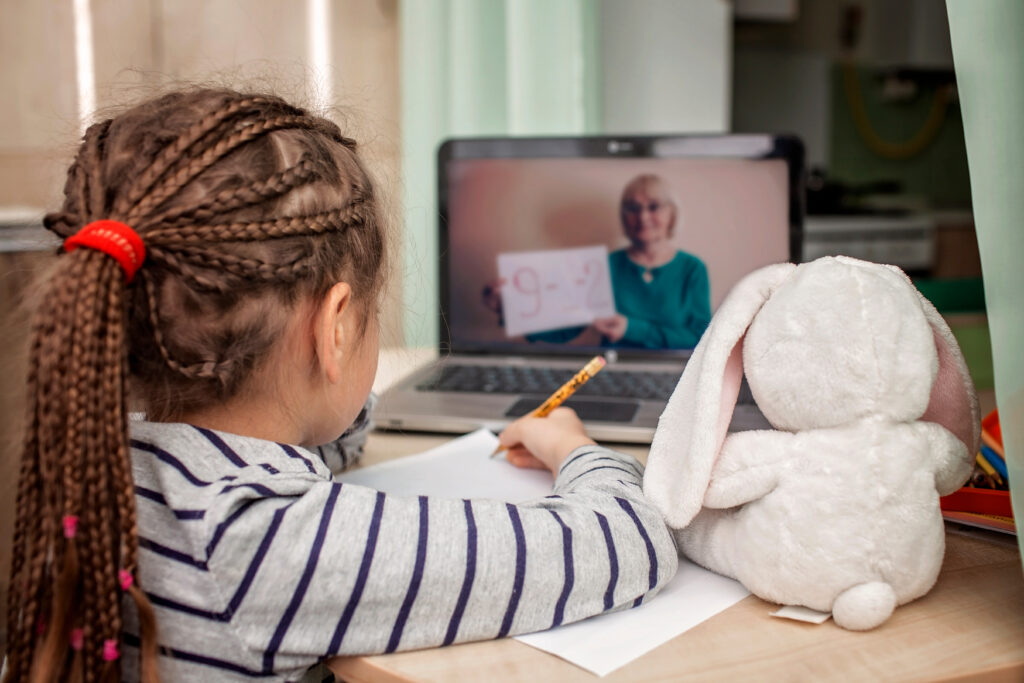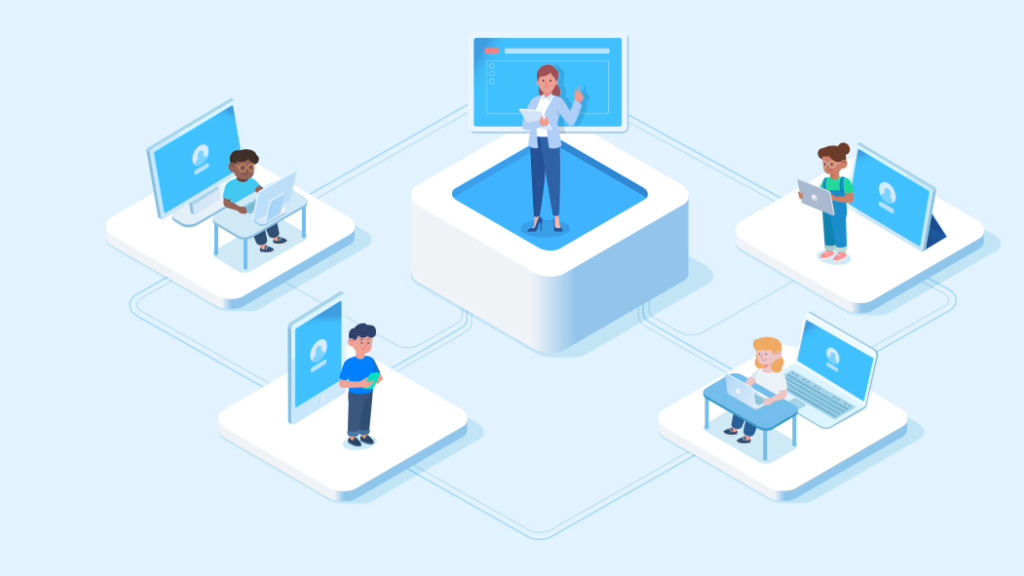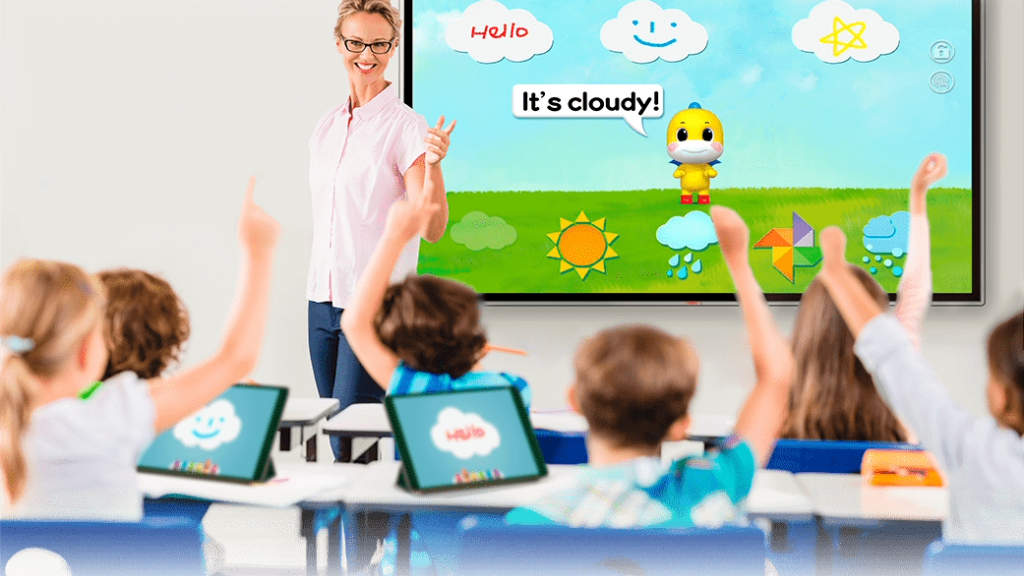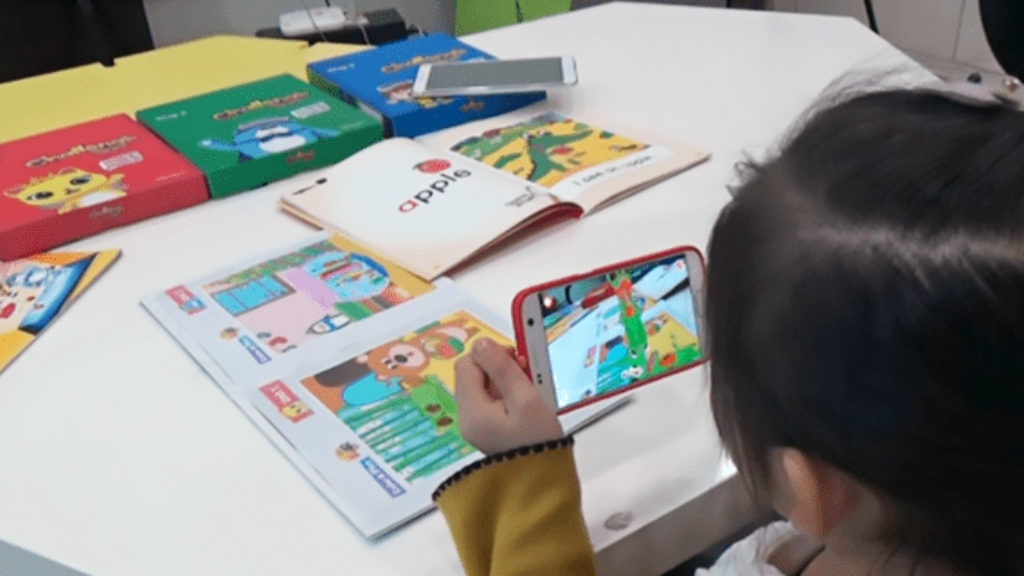Educational materials: What are they?
Definition
When class begins, the students open their textbooks and wait for the teacher. The teacher prepares the material and tells the students what to learn. The teacher may use blackboards, textbooks, PowerPoint, or multimedia. All of these can be called educational materials.
Educational resource in a broader sense include all curriculum, print and electronic textbooks, instructional materials, lesson plans, teacher’s guides, workbooks, tests, etc. Also, educational materials include all advertising and promotional materials, handouts, presentations, manuals, software programs, and other literature or supplementary materials. In other words, educational resource refer to the materials used in schools and educational institutions. Educational source are everything available to educational stakeholders for use, provision, distribution, sale, or other purposes.
In a narrow sense, educational resource refer to works created by teachers, the main part of education, and materials created using notes, guides, lecture notes, or audiovisual aids. They can be considered objects and tools that teachers use for teaching purposes.
Type
Educational materials refer to various materials used in the educational process. Based on their existing knowledge, students can acquire new knowledge and learn better with the help of these educational source. Educational resource play an important role in providing information and imparting knowledge to students.
Educational source can be categorized according to their type: printed, visual and audiovisual.
- Print: Textbooks, pamphlets, handouts, study guides, manuals
- Audio: Cassette, microphone, podcast
- Visual: Charts, real objects, photographs
- Audiovisual: Slides, tapes, films, television, video, multimedia
- Electronic: Computers, graphing calculators, tablets
Component
Teachers do not just teach content. Their job is to help students acquire it. However, a variety of student characteristics can influence learning. For example, students’ cultural and historical backgrounds influence how they see the world. Disciplinary background also changes how students approach a problem. Students’ prior knowledge (accurate and inaccurate aspects) also affects learning. Although not all of these characteristics can be adequately measured, educational materials must gather and reflect as much relevant information as possible.
In other words, effective teaching means acquiring relevant knowledge about students and using that knowledge in lesson design and instruction. For example, you can create educational source based on a variety of data, such as objectives, pacing decisions, format, and examples. This can help identify student difficulties, recognize the need for additional practice, and allow teachers to help.
In addition, the components of effective instruction are: learning objectives, learning assessments, and instructional activities. The more you take the time to create educational resource in advance, the more time you will save and the better your course will be. To do so, here is what you need to do first:
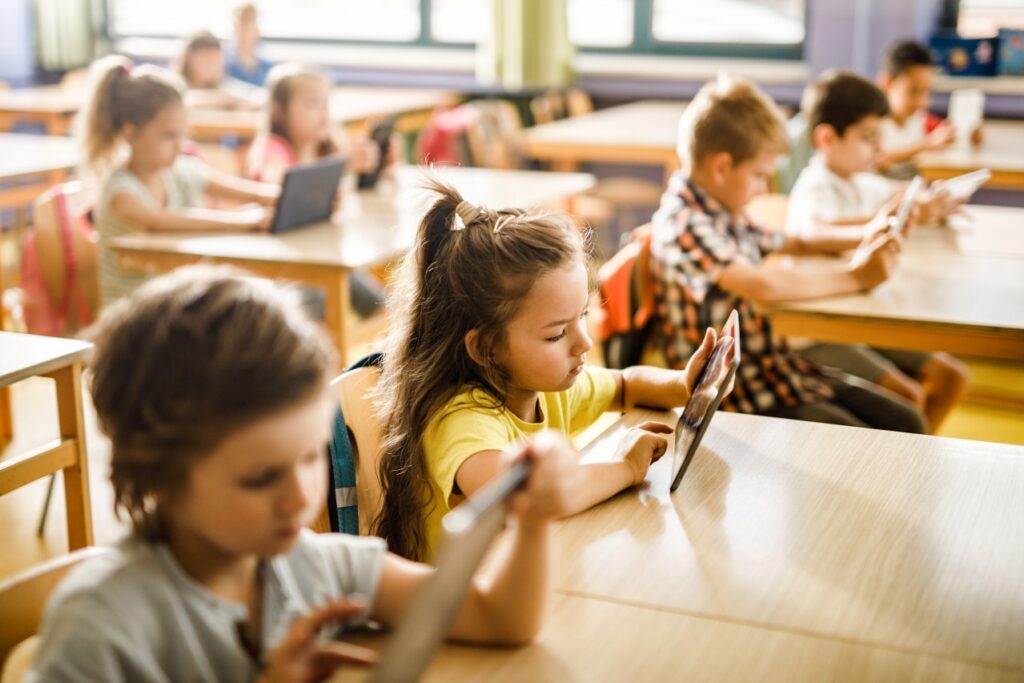
- Teachers must establish learning objectives, including the knowledge and skills they want students to acquire by the end of the course.
- Learning is enhanced when learning objectives are supported by pedagogical activities (e.g., case studies, exercises, discussions, readings)
- Evaluations, such as written exams, assignments, and problem sets, provide students with opportunities to acquire and practice the knowledge and skills articulated in the objectives. In addition, instructors can provide specific feedback that may be helpful for further learning.
Teachers’ educational materials: Why are they important?
The importance of educational materials
Educational materials are important in the classroom for various reasons. Below, we explain why good educational resource are important for teachers.
- Educational materials provide structure for learning.
Appropriate educational resource provide a framework that helps students learn more effectively. By having a specific plan and set of materials to follow, students can avoid getting overwhelmed or lost in the material. Additionally, when teachers use quality educational resource, they can be confident that their students are receiving consistent and accurate information. In other words, they can check the progress of the educational materials to see if the students are following the lessons. - Educational materials can help make content more engaging.
Not all content is equally interesting or entertaining. But when done well, educational materials can increase student engagement in even the most mundane subjects. Good educational materials contain elements that capture students‘ attention and help them better understand the information presented. These may include activities, illustrations, and other elements. In addition, using different types of educational materials can prevent students from getting bored with the material or feeling like they are “just going through the motions” in class. - Educational materials can save time for both teachers and students.
Good educational materials are well-organized and easy to use, which means you spend less time figuring out what to do next or troubleshooting problems. This is especially useful in classrooms where teacher-student ratios are high or where teachers have little time to teach themselves due to other factors. When teachers have high-quality educational materials at their disposal, they spend less time preparing lessons and more time teaching and interacting with students. Good educational materials allow students to spend more time in meaningful learning experiences.
- Educational materials level the playing field among learners.
Students who have access to quality educational materials often have an advantage over those who do not. In particular, students struggling with regional or environmental issues do not have enough time to find educational materials. By making good educational resource available to your students in bulk, you can provide additional support to these groups of students, leveling out the unreasonable competition. When all students have access to properly designed educational resource, a leveling effect takes place, ensuring that all learners have an equitable educational experience.
What are the appropriate educational and learning materials?
We explain the criteria for selecting educational materials that not only teachers but also schools and local governments should be aware of. This section was prepared regarding the article Teaching and Learning Resources – Selecting Appropriate Materials: Policy, prepared by Education.vic.gov.au.
Educational and learning materials must not offend stakeholders or the school community because they are obscene, offensive, or controversial to students. We must also remember that education about religious and cultural beliefs and practices must be handled with sensitivity.
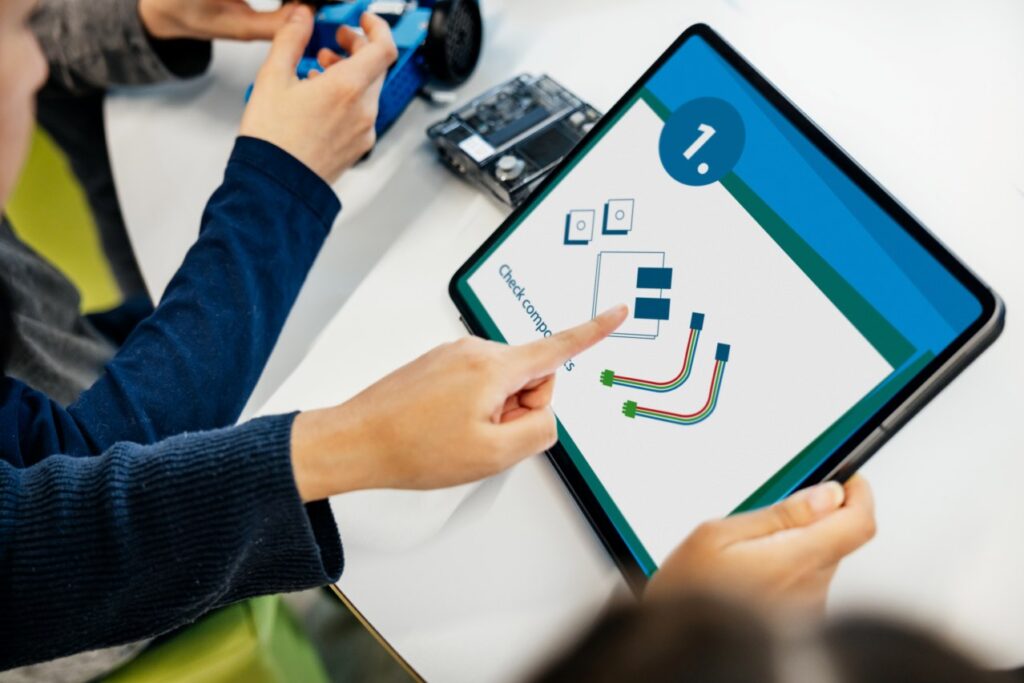
Schools must ensure that they meet these standards while providing challenging and engaging programs. Special care must be taken to ensure that students are not exposed to materials written by inappropriate organizations, and the school community must be informed about potentially controversial texts before they are used in the classroom.
In addition, educational resource must support student learning within the curriculum. The first step is to review whether educational materials are appropriate for the age group being taught. In addition, the words, actions, images, or themes in the materials should be considered from the student’s perspective. For example, there are criteria such as:
- Is the material in context?
- Will there be a negative impact on the audience age group?
- Does it have literary, artistic, or educational merit?
- What is the intention of the author and the general character of the educational material?
We must keep in mind that parents or students may object to the selection of educational resource. When objections arise, we must listen to them and be prepared to respond reasonably and respectfully. To this end, the substance of the objection must be carefully considered and the rationale prepared. Every effort must be made to determine the basis for the objection and to resolve any objection to the use of particular teaching and learning materials through discussion and conciliation.
Educational materials trends
Educational materials blended with modern technology
As our world evolves, many changes are also taking place in technology, and we cannot deny the fact that this is also the case in education. Some teachers are already using modern technologies in their educational source. In the past, children learned stereotypically. Most of the educational resource used by teachers were also created by them. Many educational source used in class today are newer and more advanced thanks to modern technologies.
These educational materials are provided with a variety of tools and applications, including laptops, LCD projectors, PowerPoint presentations, and tablets. Especially in the area of language education, these technological advances are having a major impact. Educational source that incorporate digital technologies serve as a foundation for matching language learners with language practice in the classroom. It is possible to teach in detail using digital educational source without having to create lengthy curricula.
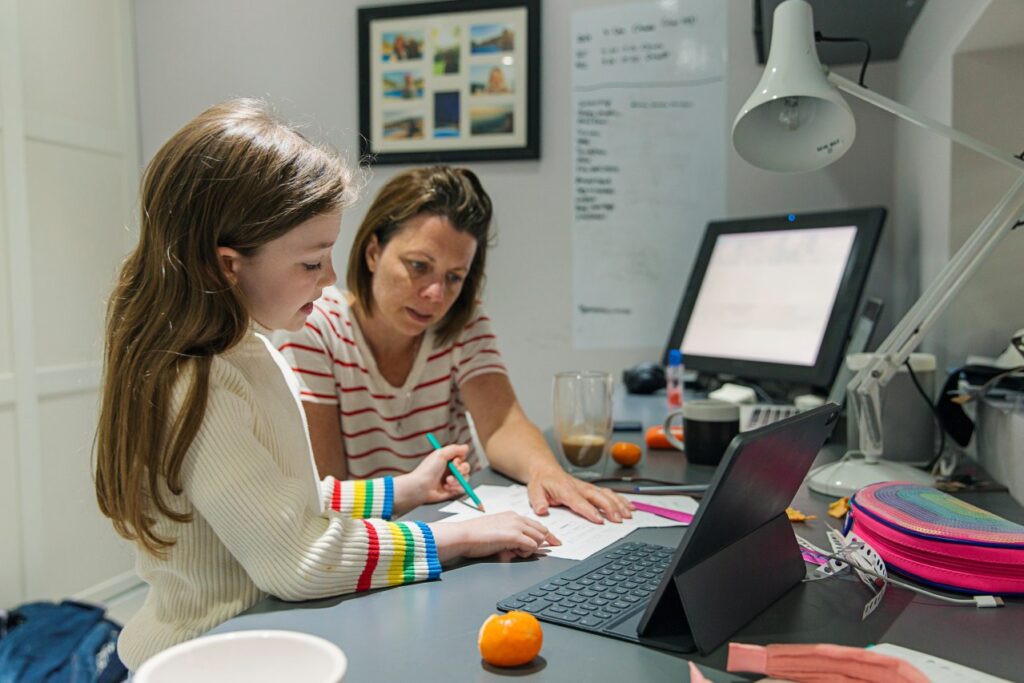
Characteristics of effective educational materials
Below, we explain some of the characteristics of good educational materials.
- Intended learning outcomes
- Clearly stated
- Appropriate to the level of the course
- Relevant to the content of the course
- Appropriate to the role of the course in the education curriculum
- Appropriately sequenced
- Instructional content
- Relevant to the intended learning outcomes of the course
- Sufficiently varied to meet the diverse learning needs of students
- Of appropriate breadth and depth
- Reflective of alternative perspectives, theories, or points of view
- Work expected of students
- Consistent with the role of the course
- Clearly described
- Complementary to class sessions
- Supported by clear criteria for evaluation
- Feedback to students
- Clear
- Consistent with criteria for evaluation
- Helpful to students in pursuing the intended learning outcomes of the course
- Concrete and constructive
- Points out strengths as well as weaknesses and suggests directions for improvement
- Neither too much nor too little
Teacher-provided materials can be an important tool for student learning. Effective educational resource should complement and enhance student learning both inside and outside the classroom.
VISANG EDUCATION is a Korean education company that produces textbooks for student learning. As we entered the digital age, we wanted to embed our content development capabilities into the EdTech platform. In this way, AllviA was born.
ELiF, for example, is a digital teaching tool for teaching English in elementary schools to promote language learning and build life skills. It is structured based on a learning flow consisting of pre-class, main class, and review. The course includes lessons and educational source that enable students to develop, learn and gain a good understanding of the English language. Students can take interactive lessons and actively participate through multimedia interactions. The course not only encourages students to communicate with various tools such as surveys and discussions but also provides them with various classroom experiences with the content included in ELiF.
Conclusion: Providing appropriate educational materials is critical in increasing learning efficiency.
Providing appropriate educational materials is critical to increasing learning efficiency. This is because it enables learners to have a fruitful and effective learning experience.
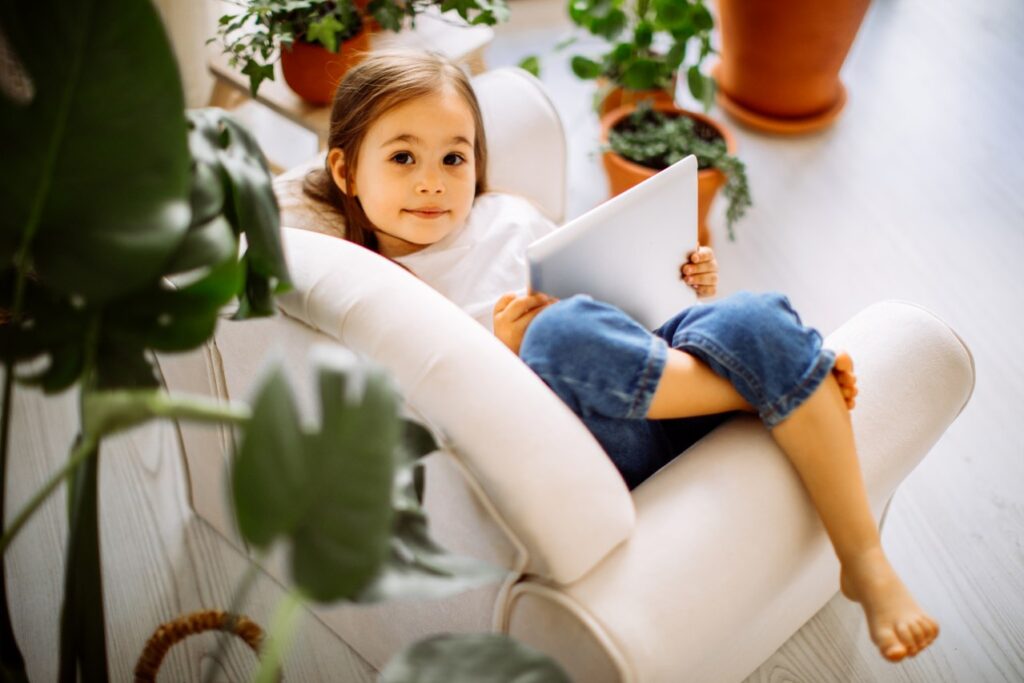
First of all, appropriate educational source help learners understand and apply new knowledge and concepts. For example, the use of images or video materials can help learners visually understand the target concept and retain it effectively. In addition, textbooks, lecture notes, assignments, and exam questions provided by teachers help students with reviews.
Appropriate educational materials also play an essential role in keeping students motivated and interested in learning. Providing links, videos, papers, etc. on topics of interest to students can help them learn spontaneously and achieve higher levels of understanding and learning outcomes. In this way, providing appropriate educational materials can help improve student learning and performance.
Therefore, when developing and providing educational materials in the future, it is necessary to select appropriate educational materials according to the situation and level of learners and help use them effectively.

